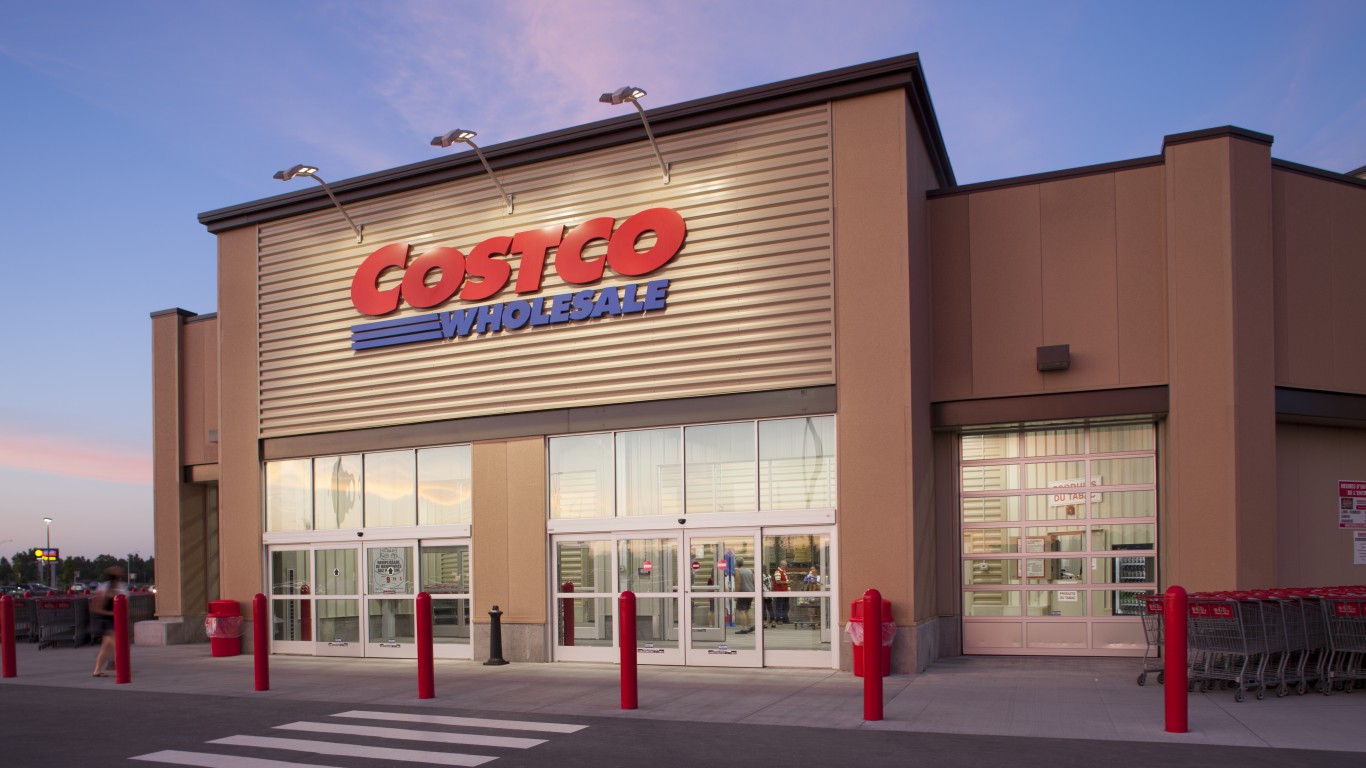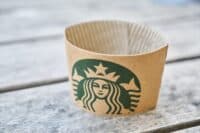
The U.S. Postal Service (USPS) continues to post poor delivery-time results as part of the progress of its 10-year “Delivering for America” plan. A portion of the plan is to make faster deliveries six days a week, which is an anachronism. On its way to this target endpoint, its delivery rate reached an average time of 2.5 days for the final week of its fiscal first quarter.
[in-text-ad]
For the most part, UPS and FedEx are faster and operate successfully in a world where the package delivery private sector makes a great deal of money. In the most recently reported fiscal year, the USPS lost $473 million on revenue of $78.5 billion. (However, see 18 less obvious ways the Post Office helps Americans.)
The USPS spends too much across several metrics. It has over 600,000 employees and 34,000 locations. Much of its delivery volume is junk mail, which marketers should be forced to deliver electronically. In the age of email, e-commerce, online payments and electronic delivery of documents, there is no reason the USPS should be as large as it is.
The USPS cannot possibly justify its 34,000 locations. Many are in small downs, which have only a few thousand households. Nevertheless, many of these have at least half a dozen staff, many of whom are not busy during their time at work. Thousands of these locations could be closed.
As another sign the USPS plans to continue at its current size, it announced that it would buy 45,000 new electric trucks. This is on top of thousands with traditional engines. These probably have lifespans of at least 10 years. That puts fixed transportation expenses at current levels well into the next decade. (Among the advantages of these trucks is that they have air conditioning.)
Unfortunately, there is no sign the USPS will downsize. The United States will be left with a business that was appropriately sized two decades ago but no longer is.
The Average American Is Losing Momentum On Their Savings Every Day (Sponsor)
If you’re like many Americans and keep your money ‘safe’ in a checking or savings account, think again. The average yield on a savings account is a paltry .4%1 today. Checking accounts are even worse.
But there is good news. To win qualified customers, some accounts are paying more than 7x the national average. That’s an incredible way to keep your money safe and earn more at the same time. Our top pick for high yield savings accounts includes other benefits as well. You can earn a $200 bonus and up to 7X the national average with qualifying deposits. Terms apply. Member, FDIC.
Click here to see how much more you could be earning on your savings today. It takes just a few minutes to open an account to make your money work for you.
Thank you for reading! Have some feedback for us?
Contact the 24/7 Wall St. editorial team.


